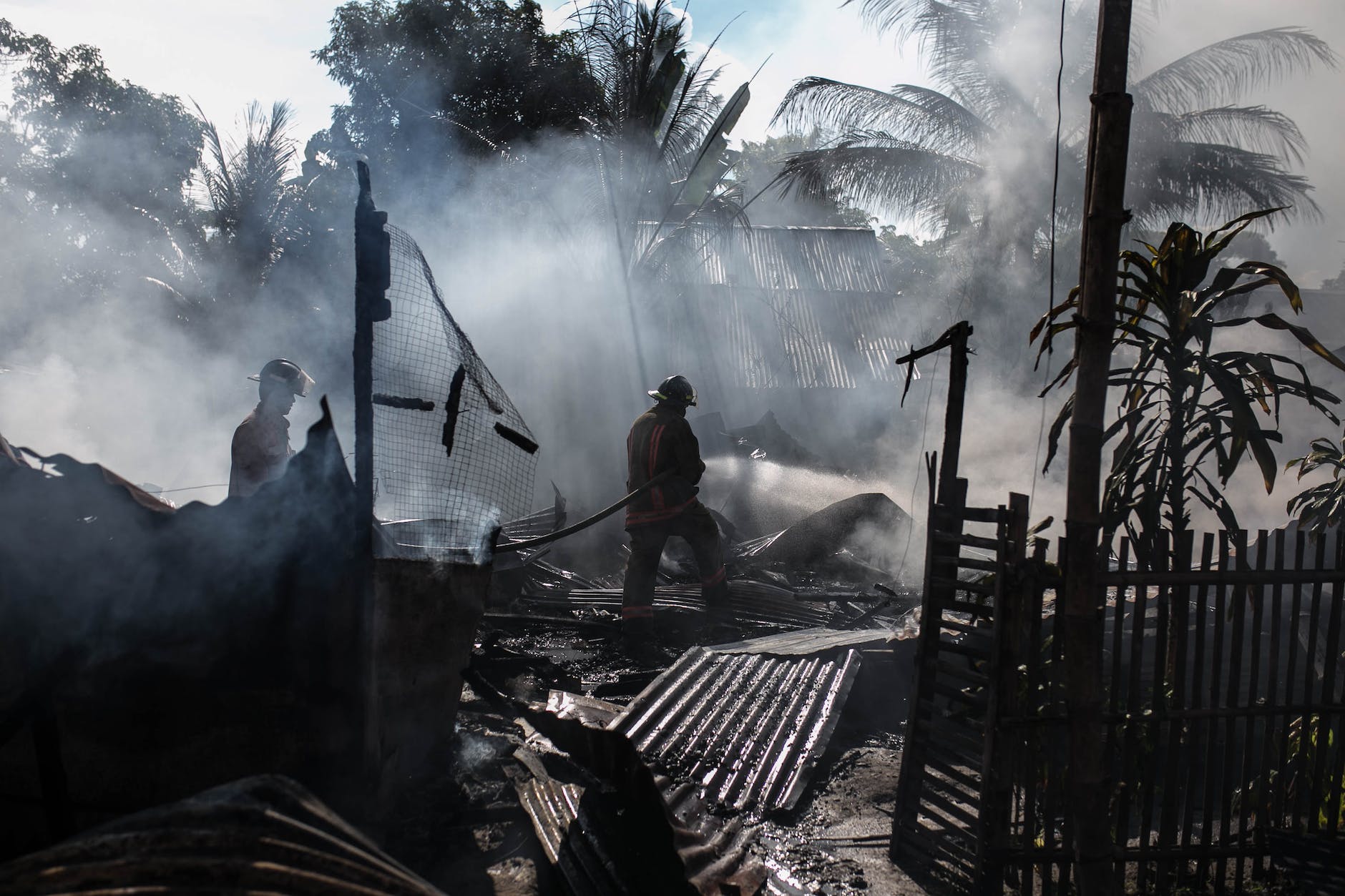
Hazard in Disaster Management
Introduction to Hazard in Disaster Management
Disaster management revolves around understanding and mitigating various hazards that pose threats to communities and environments. Hazards encompass a spectrum of natural and human-induced events, holding significant relevance in disaster preparedness and response.
In disaster management, a hazard refers to any potential source of harm or danger that has the potential to cause adverse effects on people, property, the environment, or society as a whole. Hazards can be natural, such as earthquakes, floods, hurricanes, or wildfires, or they can be human-made, including industrial accidents, chemical spills, or infrastructure failures.Identifying and understanding hazards is a crucial step in disaster management as it allows for proper risk assessment, planning, and implementation of measures to mitigate or minimize their impact. By recognizing and assessing hazards, authorities and communities can develop strategies to prepare for emergencies, reduce vulnerabilities, and enhance resilience in the face of disasters.Types of Hazards
Natural Hazards
Natural hazards encompass geological, meteorological, and other natural processes. Earthquakes, floods, hurricanes, and wildfires stand as prominent examples, each posing unique challenges to disaster management strategies.
Human-induced Hazards
In contrast, human-induced hazards stem from human activities, such as industrial accidents, chemical spills, and cyber threats. These can have equally devastating consequences, necessitating specific preventive measures.
Understanding Hazard Assessment
Assessing hazards involves robust methodologies to evaluate risks and identify potential threats. This process is critical in formulating effective disaster management plans and ensuring community safety.
Role of Hazards in Disaster Preparedness
In disaster preparedness, understanding hazards is pivotal. It involves devising mitigation strategies, developing comprehensive emergency response plans, and fostering community resilience to minimize the impact of potential disasters.
Challenges in Managing Hazards
Despite advancements, managing hazards poses challenges, including limited resources, technological complexities, and significant social and economic impacts following disasters.
Innovative Solutions for Hazard Management
Addressing these challenges requires innovative approaches, integrating technology, engaging communities actively, and launching educational campaigns to increase awareness and preparedness.
Global Initiatives and Collaborations
Internationally, various initiatives and collaborations aim to mitigate hazards. Case studies highlighting successful collaborations offer valuable insights into effective disaster management practices.
Future Trends in Hazard Management
The future of hazard management entails advancements in forecasting techniques, emphasizing adaptation strategies within the context of a changing climate.
Conclusion
In essence, understanding hazards and their diverse nature is fundamental to effective disaster management. Constant innovation, global cooperation, and proactive measures are key to minimizing the impacts of potential disasters.
Unique FAQs
- Why is hazard assessment crucial in disaster management? Hazard assessment helps identify risks, enabling proactive planning and resource allocation for disaster mitigation.
- How can communities contribute to hazard management? Communities can actively participate through awareness campaigns, emergency drills, and collaborating with local authorities in planning.
- Are natural hazards more challenging to manage than human-induced ones? Both natural and human-induced hazards present unique challenges, requiring tailored strategies for effective management.
- What role does technology play in hazard management? Technology aids in early warning systems, data analysis, and communication, enhancing preparedness and response capabilities.
- Can disaster management strategies be adapted for a changing climate? Yes, adaptation strategies are crucial, requiring a flexible approach to address the evolving nature of hazards influenced by climate change.
























